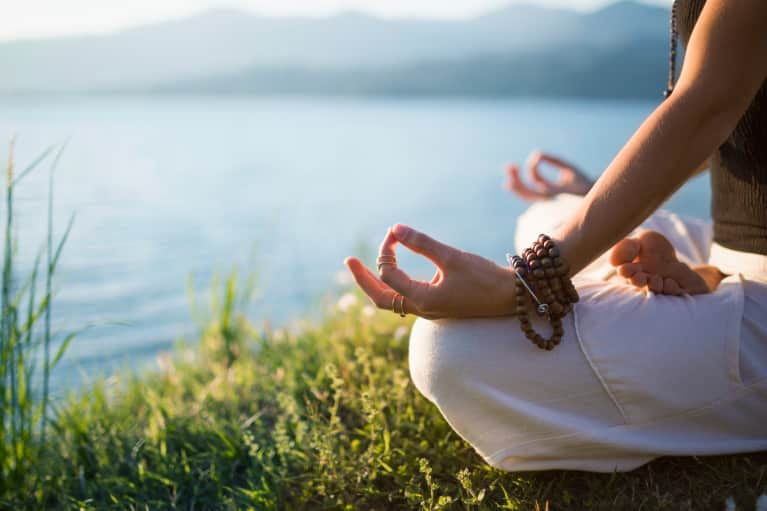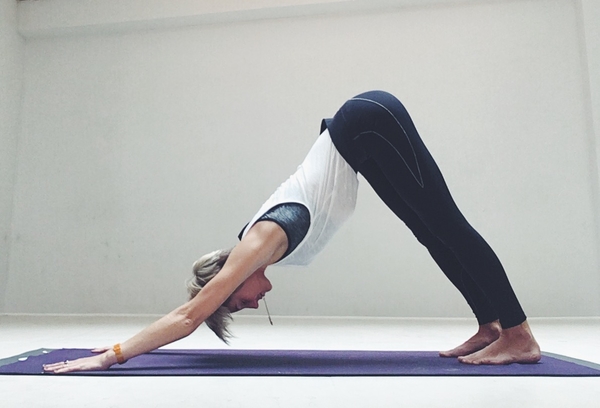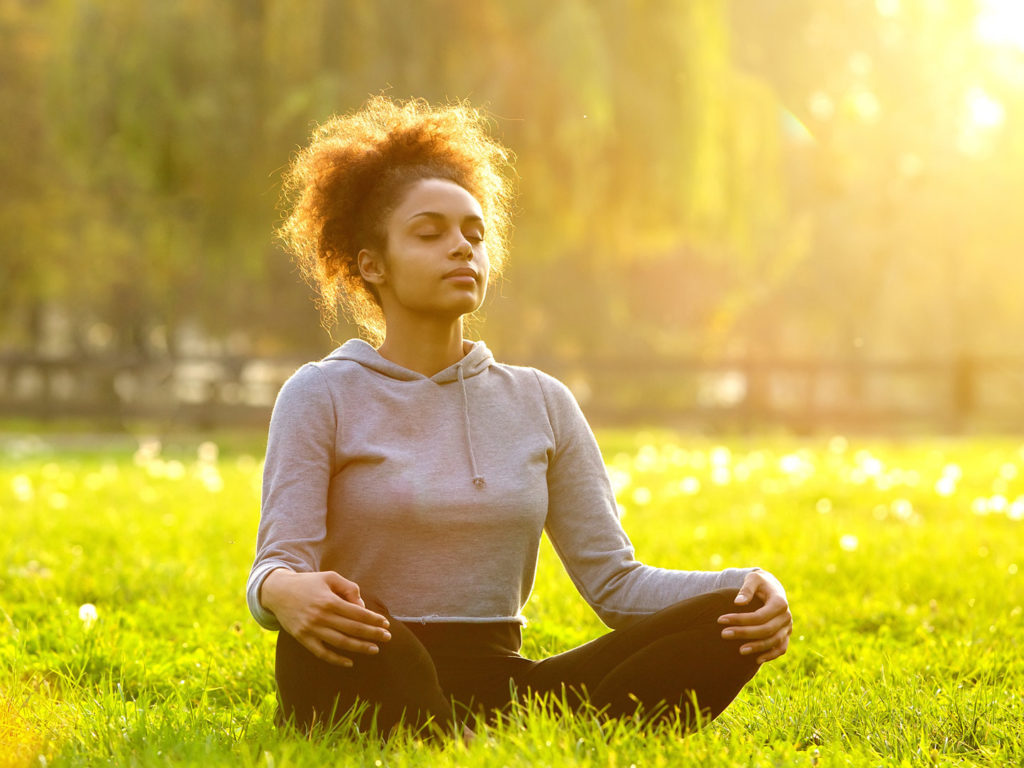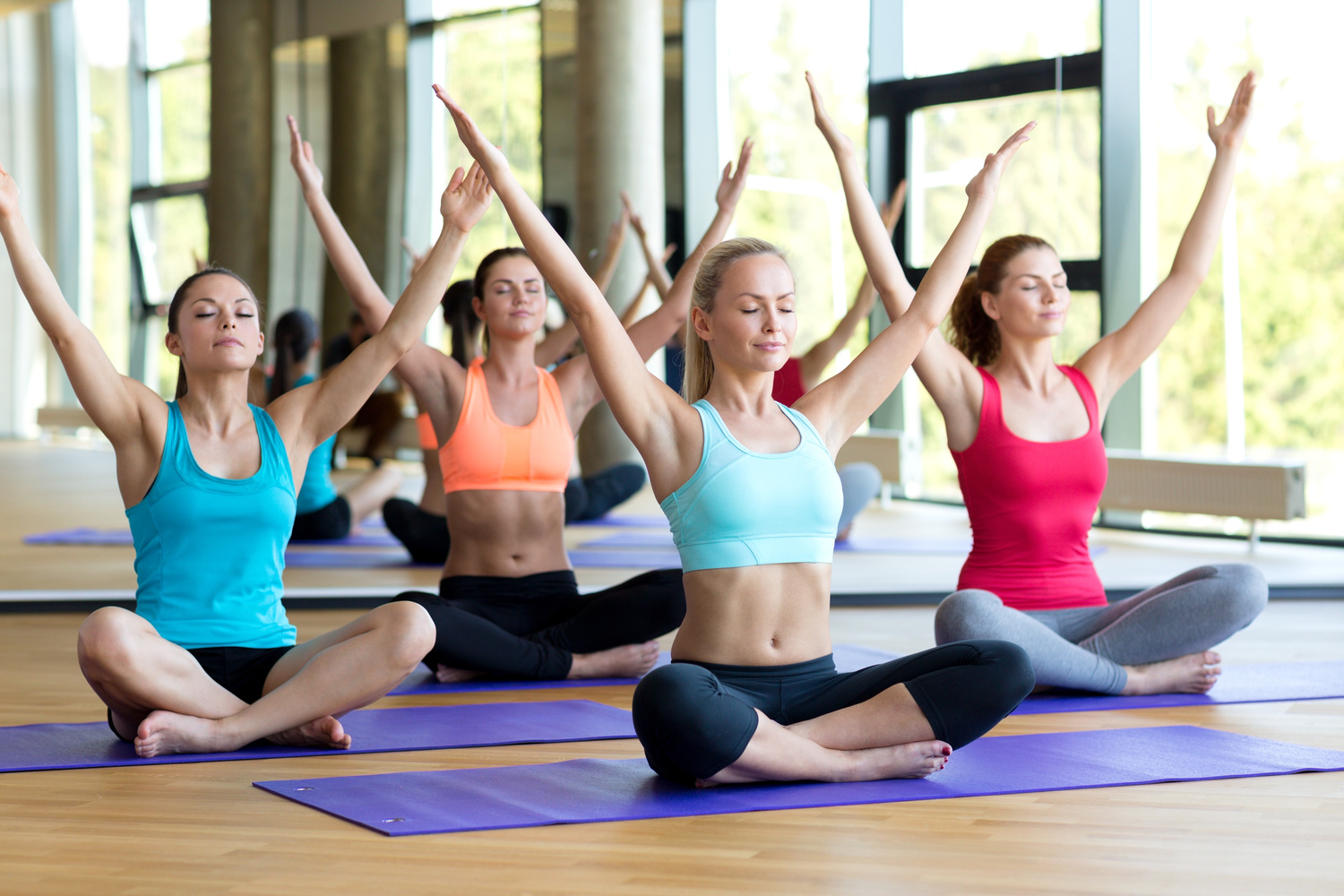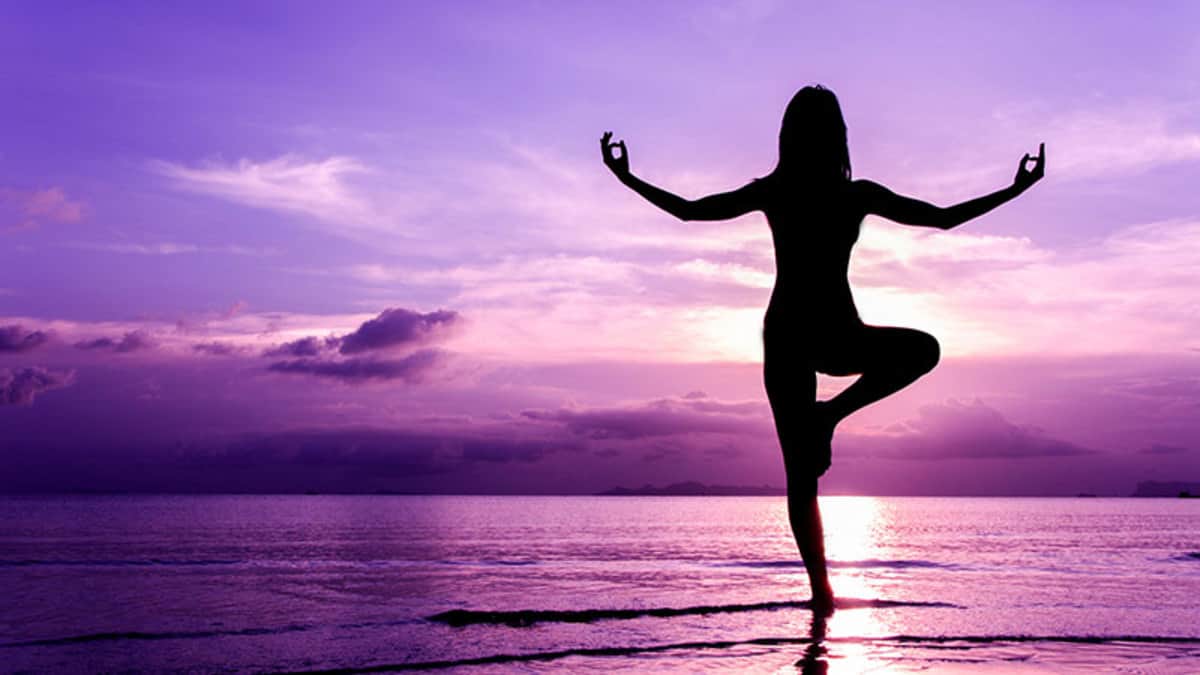
The following yoga routine will help a person increase their flexibility and will help relieve the aches and pains in their body. The greatest advantage of this yoga routine is that it can be done at home. The routine helps a person regain their strength when tired, and also helps them when they are stressed, depressed or have any other issue.
Each pose should be held on for 30 seconds. Poses that are two-sided should be given equal time on each side. Those who follow this routine should carry out the following 3 poses for at least 3 times, so that they may have a complete workout.

Begin the routine with the upward facing dog pose.
- This pose starts off by lying on the floor with your arms placed just a bit higher than your hips.
- With the help of some strength and your arms lift your lower body upwards while pushing your chest outwards.
- Keep looking straight ahead and hold this pose for 30 seconds.
The second pose that is administered is the downward-facing dog.
- Lift up your butt straight into the air till your legs are completely straightened out.
- The main focus of this pose is to arch your back and keep it completely straight.
- This pose should also be kept for 30 seconds to stretch the shoulders.
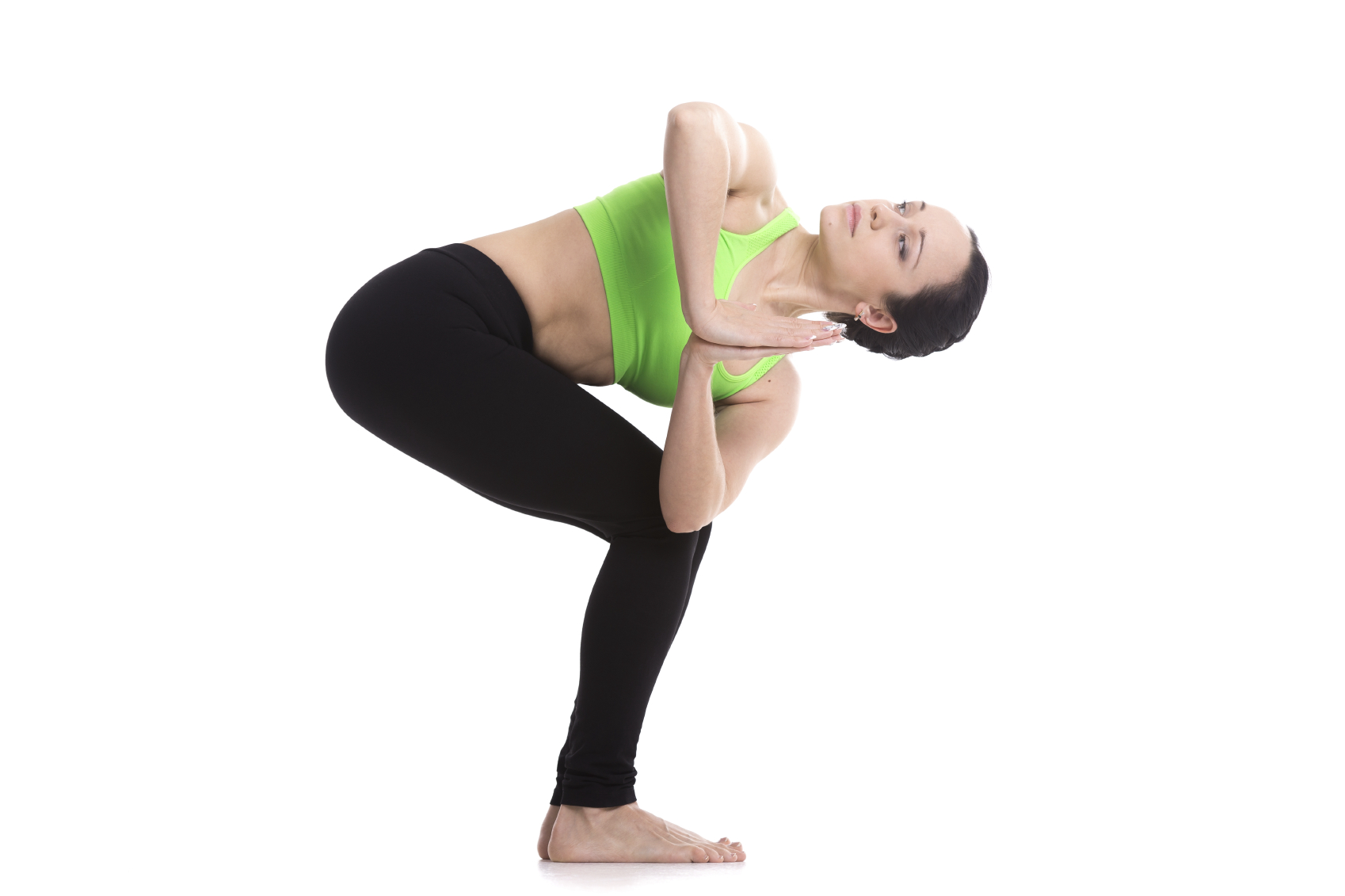
After the downward-facing dog, get into the position of the revolved chair variation.
- Slightly bend your knees and arch your back slowly.
- Stretch your right hand out to the left ankle and your left arm high up, during this time make sure the shoulders are stacked.
- Look upwards and hold on to this pose for 30 seconds and then repeat it on the other side.

The next pose is standing half forward bend, in which you reach down to your toes with your feet slightly kept apart.
- When administering this pose the back should remain straight rather than bent.
- The butt should be pushed outward and the back should be arched.
- Remain in this position for 30 seconds.

The camel pose is next in line, where you get on your knees, and keep your arms on each side grabbing each ankle.
- Then arch your back and move outwards while making sure that the legs and knees are apart from each other.
- Lean back and try pushing your chest outward and remain still for 30 seconds.
- Then move into the head-to-knee forward bend for 30 seconds on each side.
- Stretch your left leg forward while bending the right one.
- As you breathe out, extend your arms to your feet and try reaching as further as possible.
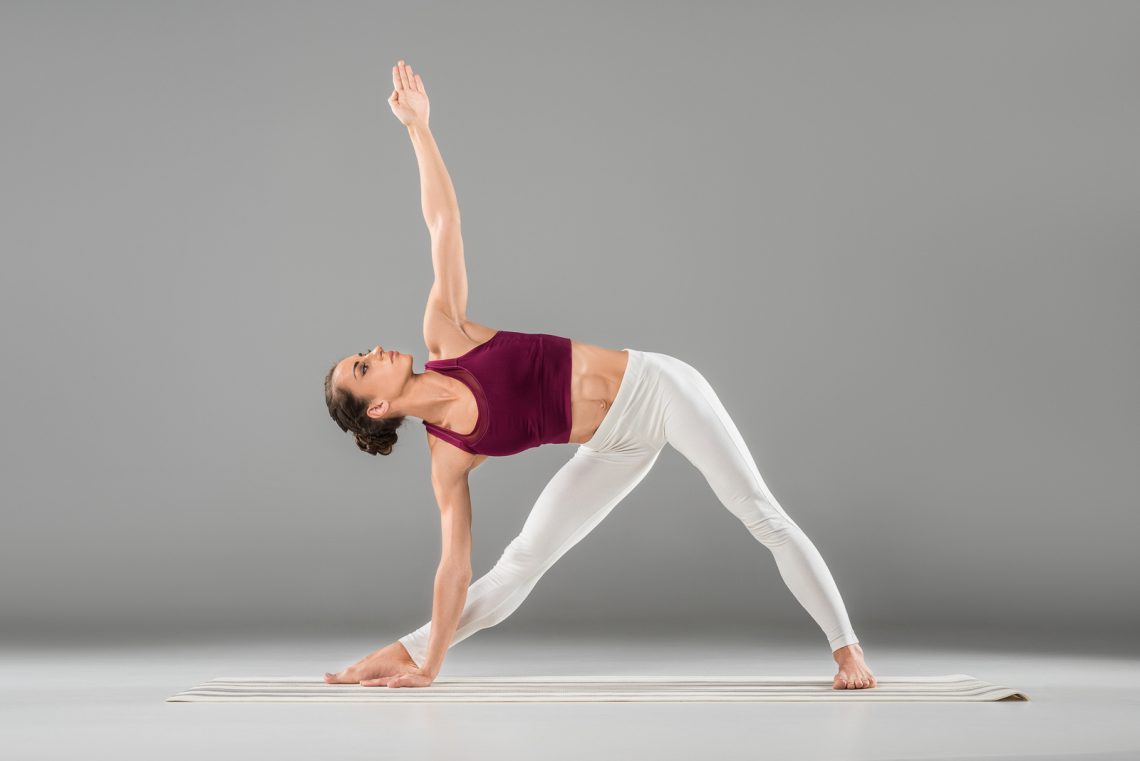
Then comes the extended triangle pose in which the legs should be 3-4 feet apart.
- Both arms should be parallel to the floor.
- Reach out the lower arm to your toes and the other one to the ceiling.
- After staying in this position for 30 seconds, switch sides.
- Following that is the pigeon pose in which you kneel down and hold your body upwards while stretching back and stretching the left leg at the back as well.
- This will help stretch the back.
- Repeat the pose on both sides for 30 seconds each.

Standing backbend is the next position.
- You stand up straight and slowly reach your hands backwards while arching the back.
- Try not to overstretch as it can cause an injury.
- Hold the pose for 30 seconds or less.

Warrior I is the next pose.
- Put your right foot 4 feet ahead of the left foot.
- Turn the left foot into 45 degrees, lower down and stretch the body keeping the left leg straight.
- Keep this pose for 30 seconds and then switch sides.

The next pose is the upward plank pose.
- Sit with your legs kept in front of you and your hands under the shoulders.
- Then using your strength push your body upwards into a straight line and remain in this position for 30 seconds.

The final pose is the seated forward bend.
- Stretch out your legs in front.
- Breathe out and move your chest closer to your thighs, while reaching out for your toes.





